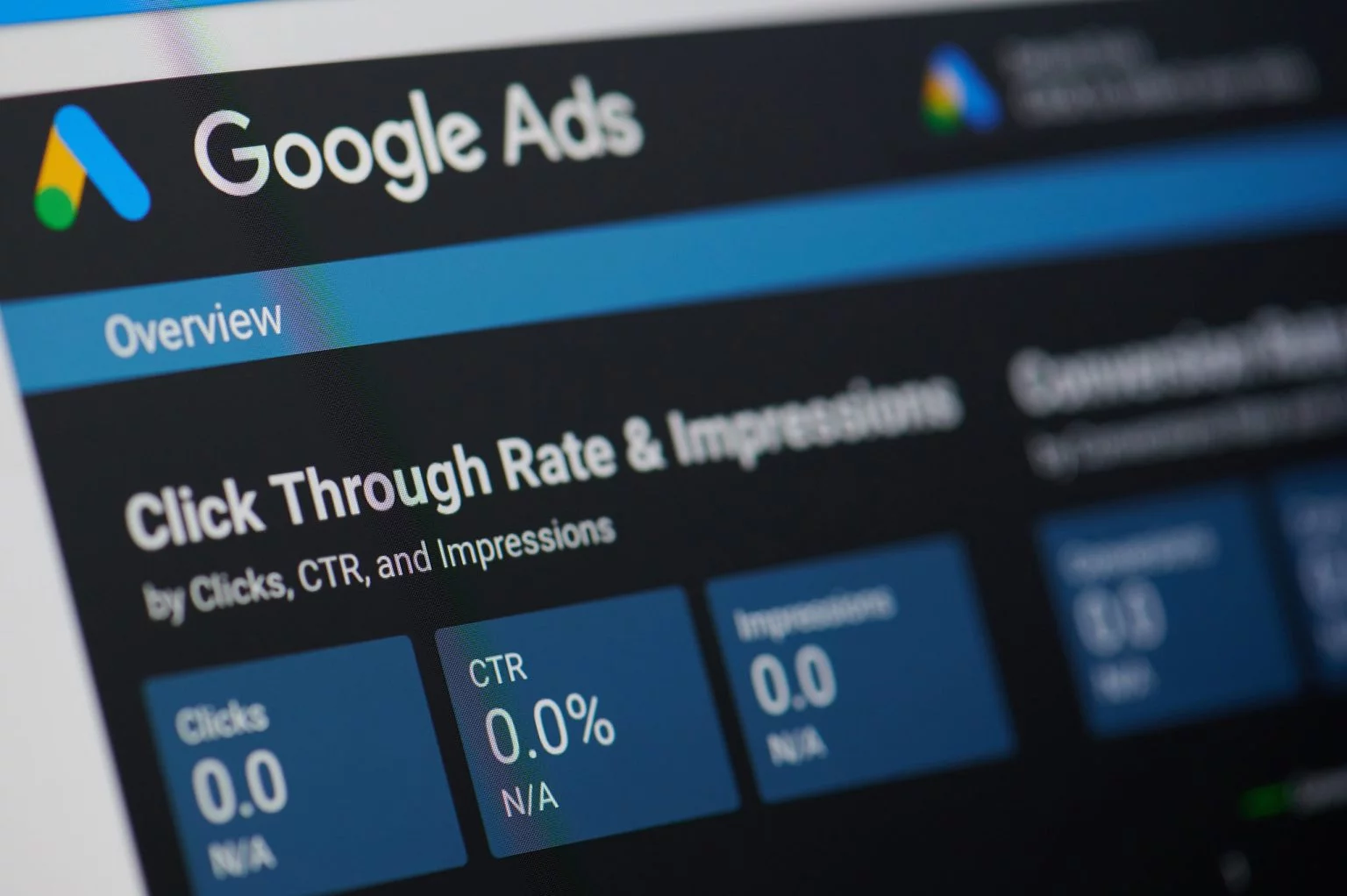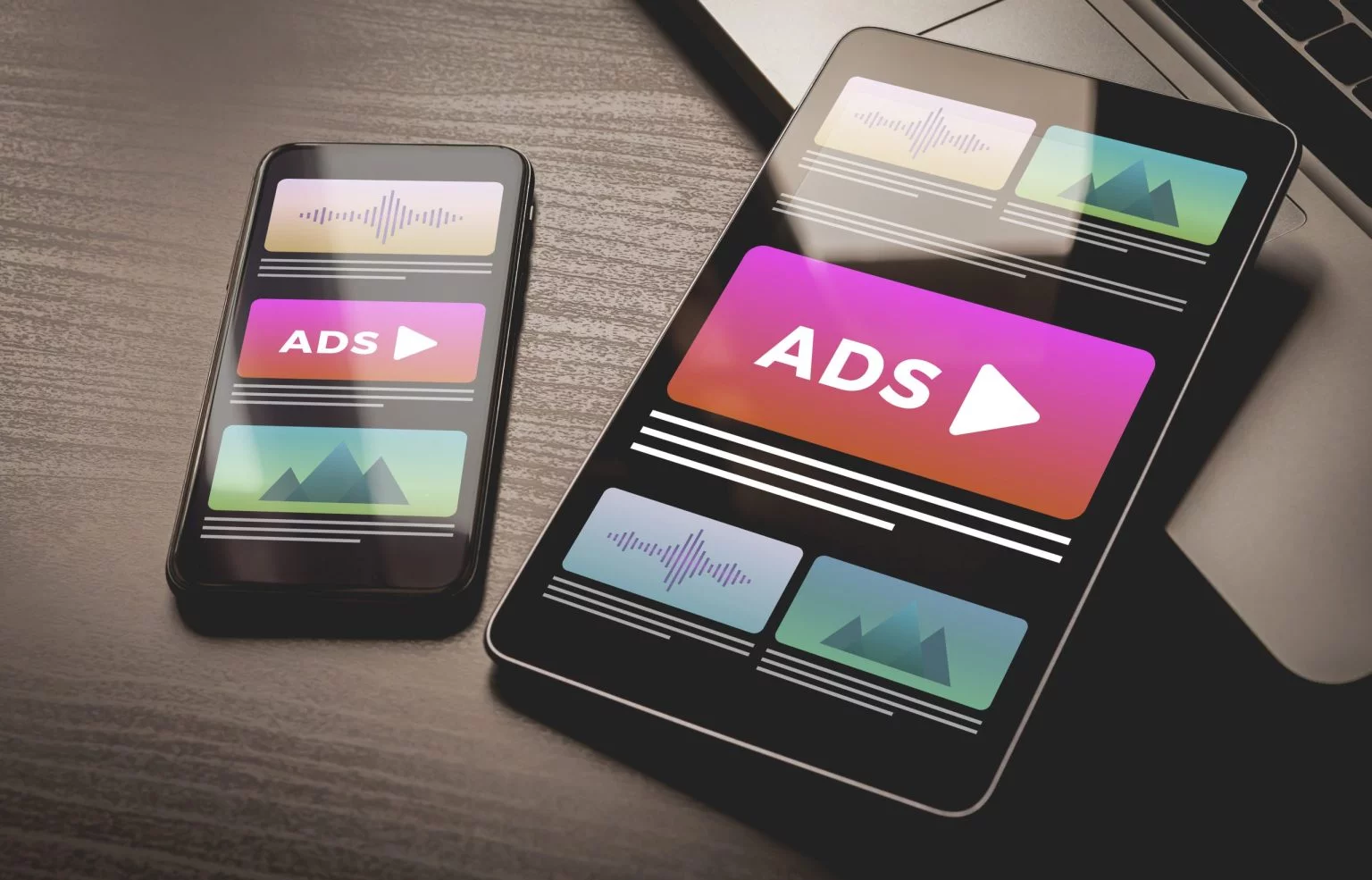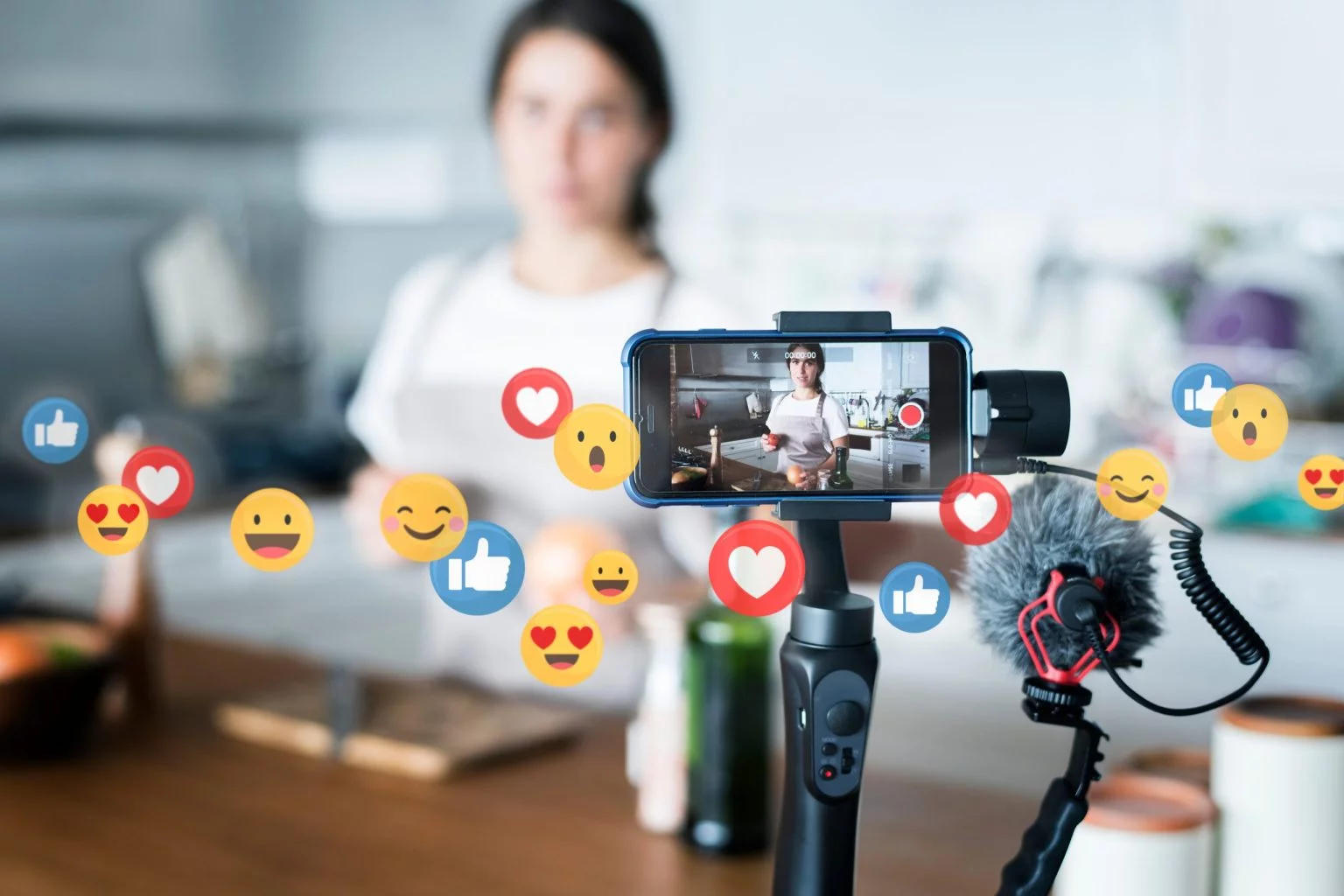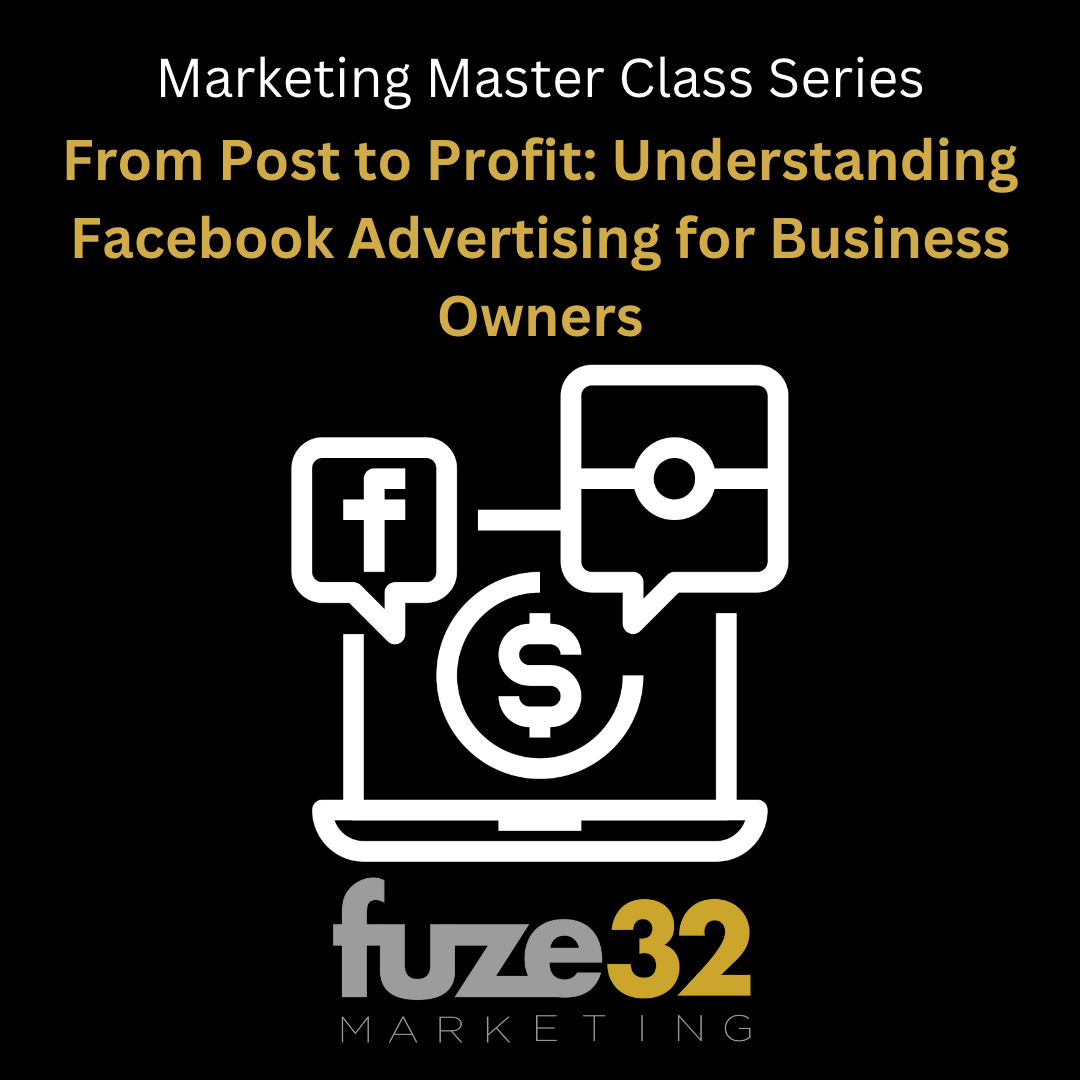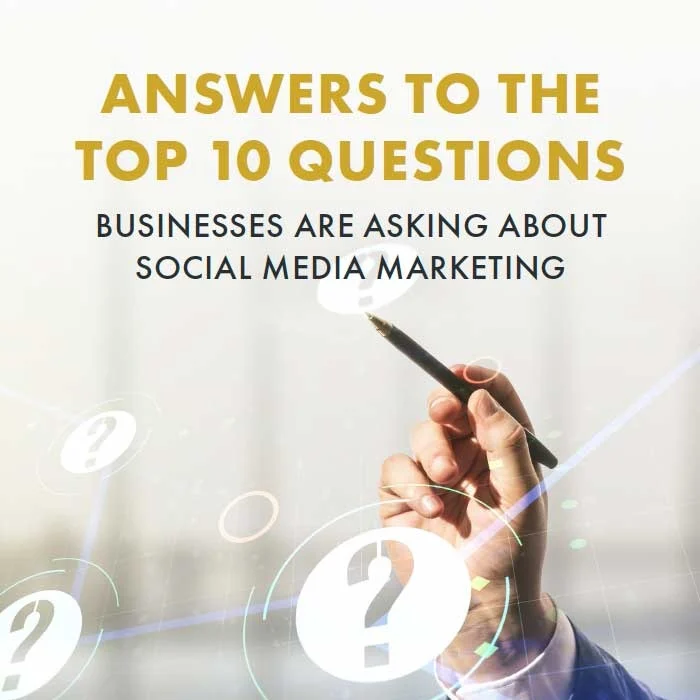
Video marketing isn’t just a trend—it’s the now and the next of digital marketing. Want proof? The video makes up 82% of all internet traffic, which is more dominant than your favorite meme-dominating group chats. From TikTok to YouTube and everything in between, this blog is your crash course in creating a video marketing strategy that works across multiple social media channels (and more).
Whether you're a small business owner dipping your toes into video production or a content creator seeking to level up, we’ve got you covered with actionable tips, platform-specific strategies, and the marketing tools you’ll need to succeed.
Grab your director's chair (and maybe a coffee), because we're going all in!
Why Does Video Marketing Matter More Than Ever?
Here’s the thing: Online videos aren’t just fun distractions—they’re powerful tools for communication and conversion. Businesses that integrate videos into their strategy not only see an uplift in brand awareness but also significant improvements in engagement and conversions.
Here’s why video reigns supreme in the marketing world:
- It’s Attention-Grabbing: Dynamic visuals hold attention longer than written content or static images.
- It Drives Engagement: Live streams, explainer videos, and short clips spark conversations and encourage shares.
- Improves SEO Performance: Video boosts your search engine optimization (SEO) efforts. Websites with embedded videos are 53% more likely to rank on the first page of Google.
- Builds Trust: People buy from brands they like, and videos create a human connection.
Simply put, if content is king, then video content is emperor.
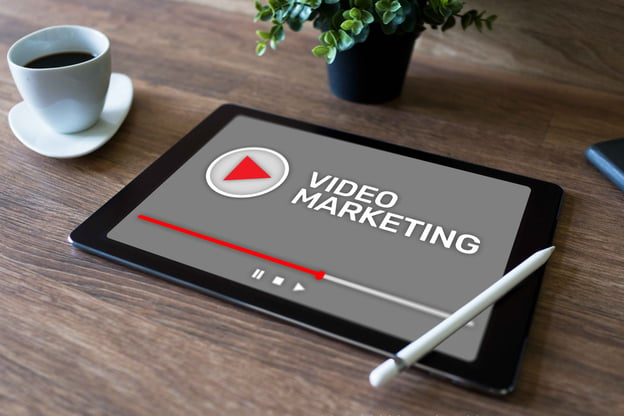
Your Video Marketing Strategy Step-By-Step
Instead of tossing content into the void, treat video marketing like a well-organized tour. (Think Beyoncé’s world tour, not your uncle’s garage band.) Follow these steps to create videos that deliver across all platforms.
1. Find Your Audience (And Speak Their Language)
Before you start scripting your masterpiece, understand who you’re talking to. Is your audience on TikTok, craving snappy and fun dopamine hits? Or are they professionals on LinkedIn looking for insightful explainer videos?
Knowing your audience will guide your tone, content length, and where you distribute your videos.
2. Choose Your Platforms Wisely
Each platform differs in format, audience behavior, and expectations. Treat your videos like an adaptable actor—they need to shine no matter the stage.
TikTok
- Keep it vertical.
- Grab attention within the first 3 seconds.
- Leverage trending dances, sounds, or filters to ride the algorithm.
- Keep it quick—15-60 seconds is a sweet spot.
- Use Reels for TikTok-style short-form videos.
- Share behind-the-scenes snippets in Stories.
- Go long-form with IGTV if needed.
YouTube
- Create long-form, in-depth video content.
- Optimize your titles and descriptions for SEO—YouTube is the second-largest search engine.
- Test YouTube Shorts for shorter content to cater to the scroller.
- Prioritize captions—they’re a must-have since most Facebook users watch videos on mute.
- Go live to engage directly with your audience.
- Share thought-leadership videos or niche industry content.
- Keep it polished and professional—but don’t skip storytelling!
3. Nail Pre-Production and Video Production Basics
A memorable video begins with solid production. Invest time and resources into:
- Lighting: Well-lit videos feel more professional. Use natural light or a ring light for a polished look.
- Audio Quality: Bad audio can ruin great visuals. A basic microphone can elevate your production.
- Scripting: Plan your narrative—hook them at the start, add value in the middle, and finish with a strong call to action.
- Editing: A sloppy edit is an engagement killer. Editing tools like Adobe Premiere Pro or beginner-friendly options like iMovie will get the job done.
4. Repurpose, But Don’t Copy-Paste
While cross-platform sharing is important to save time and budget, avoid blindly copy-pasting the same format everywhere. Adapt your videos based on platform requirements.
For example:
- Re-edit longer YouTube clips into 15-second snippets for TikTok.
- Use the same video, but change the opening hook for Instagram and Facebook Stories.
- Turn your behind-the-scenes footage into a LinkedIn post about your creative process.
Consistency is key, yes—but creativity is what keeps your audience hooked.
5. Leverage Analytics for Better Results
Numbers don’t lie. After publishing your videos, track these metrics:
- View Duration: Are viewers leaving early? Review your opening hook.
- Engagement Rates: Pay attention to likes, comments, and shares.
- Click-Through Rates (CTR): Measure how many users followed your call to action.
- Conversion Tracking: Did the video result in sign-ups, sales, or website clicks?
Use insights to refine your next batch of content.

Trends to Elevate Your Videos
Keeping up with trends ensures your content feels fresh and relevant. Here are a few to watch:
- Behind-the-Scenes Content: Authenticity is king. People love watching the process.
- Live Streams: Go live to create real-time connections with your audience.
- AR Filters: Add an interactive element with fun (and branded) augmented reality filters.
- Shoppable Content: Embed clickable links in your videos to enable direct shopping.
Pro tip for small businesses: Trends don’t have to cost a fortune. Sometimes, a smartphone is all you need to catch the wave.
Avoid These Common Mistakes
Even the best marketers can fumble. Here’s what to avoid:
- Using the same generic format across platforms.
- Ignoring platform-specific trends (yes, TikTok filters are important).
- Skipping captions—accessibility makes your content inclusive and engaging.
- Forgetting a Call-to-Action (CTA). If you don’t tell your audience what’s next, they’ll just scroll away.
Unlock Your Video Marketing Potential with Practical Tools
Before you hit the record button, make sure your tech stack is ready:
- Editing Software: Adobe Premiere Pro, Final Cut Pro, or CapCut.
- Content Calendar: Platforms like Trello or Notion keep you organized.
- Analytics Tools: Leverage insights from YouTube Studio, Facebook Analytics, or paid tools like Sprout Social.
- Marketing Automation: Tools like Hootsuite or Buffer simplify publishing and scheduling.
What’s Next for Video Marketing?
From AI-powered editing to interactive, choose-your-own-adventure-style marketing videos, the future of video content is as dynamic as the medium itself. Brands that lean into these innovations now will stay ahead of the curve tomorrow.
Remember, a strong video marketing strategy is like a blockbuster movie—it combines creativity, preparation, and the right distribution. Whether you're shooting explainer videos or live streams, follow these steps to create content that wows your audience and achieves your goals.
Now it’s your turn—what will you create next?



.webp)






